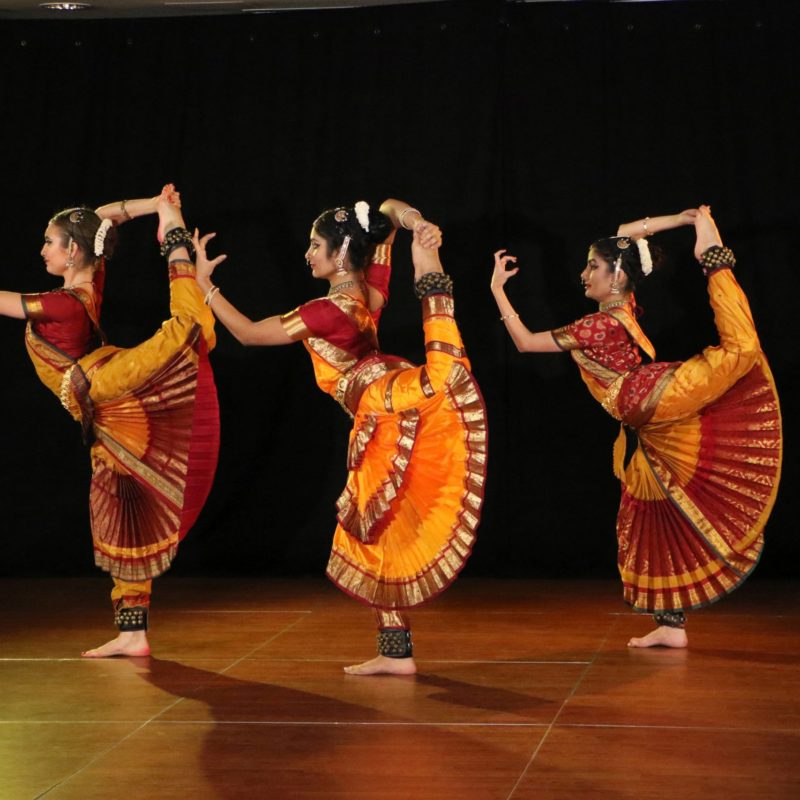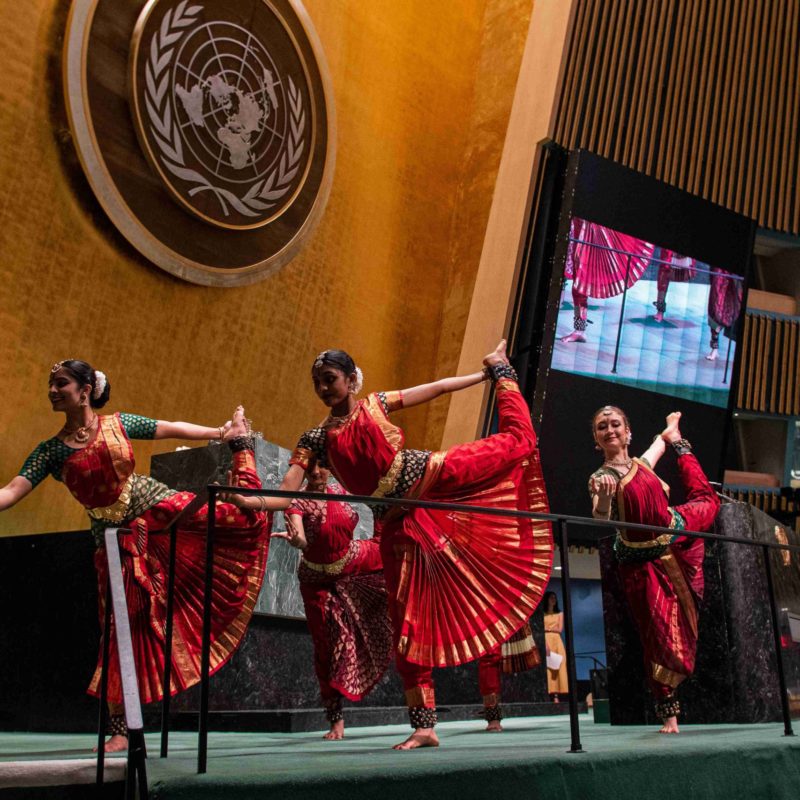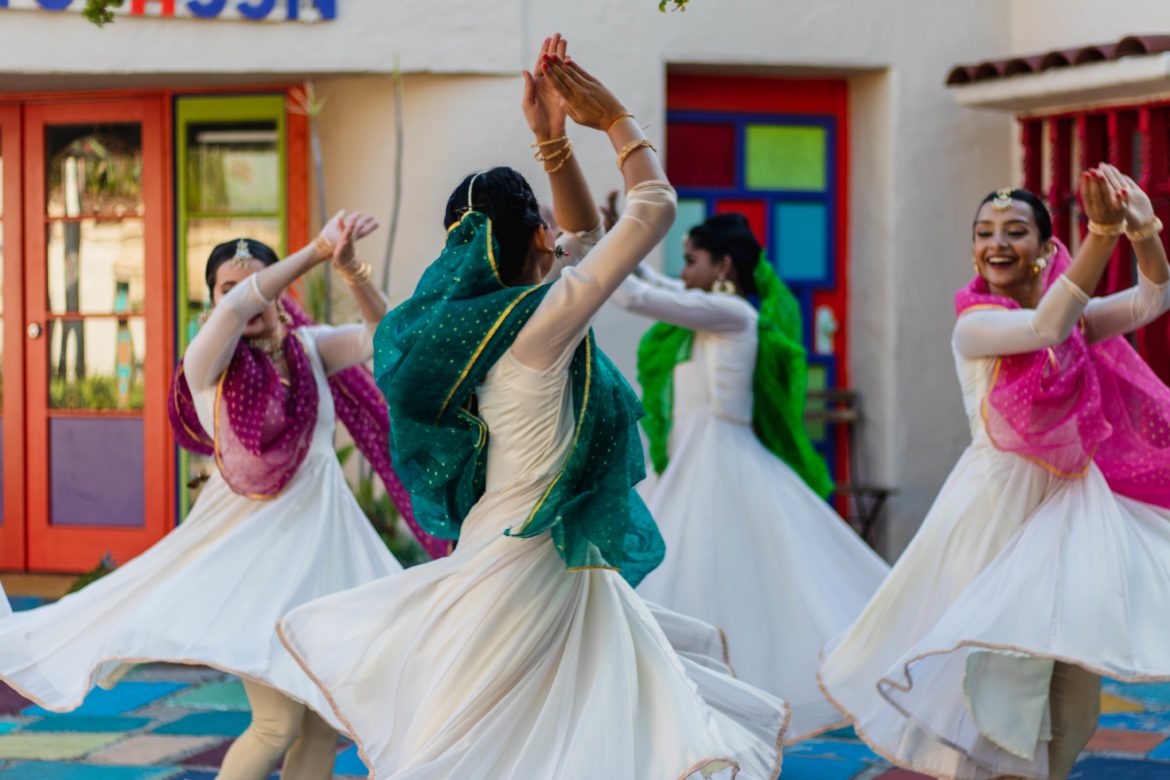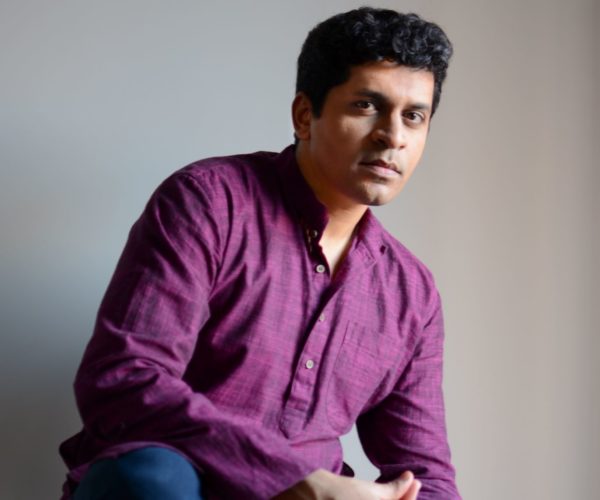As a reminder, this is a regular column covering entrepreneurs and their journeys in startup-land. Our hope is to give the reader a behind-the curtains look at what it takes to build a startup. We will cover stories of entrepreneurs who succeeded as well as those who had to shut their startup and the trials and tribulations along the way. If you are an entrepreneur or know of one, please reach out to us!
We talked to Sriram Emani (B.Tech. ’07 CivE H6), founder of IndianRaga about his experience of starting a business in a non-traditional space.
Photo credit: Anasuya Mandal
Sriram is the Founder and CEO of IndianRaga. Previously, he worked as a Strategy Fellow with the President of Lincoln Center, New York City, and with the President of Global Digital Business at Sony Music, New York City. He also started the marketing and business development team at the National Center for the Performing Arts (NCPA) in Mumbai and was a Consultant to Disney Theatrical Group.
Sriram was selected amongst the first batch of 12 Tata Fellows at the MIT Tata Center for Technology and Design. He is an alumnus of the MIT Sloan School of Management and Indian Institute of Technology (IIT), Bombay. At IIT, he was the Overall Coordinator of Mood Indigo.
Here is an edited interview.
For the uninitiated, what is IndianRaga?
SE: IndianRaga is a digital platform to learn classical and contemporary music and dance and collaborate with a community of global artists. We leverage social media, technology, and new-age music production to redefine how classical arts are learned and performed in the 21st century. For instance, instead of just teaching you how to sing classical music notes, we also teach you how to sing Piyu Bole or Shape of You with those notes – so you learn not only the technique but also how to practice it with something you know and love already.
You started IndianRaga while pursuing your MBA at MIT Sloan. What led you to start a business in a non-traditional space compared to peers who ended up in consulting, finance, or technology?
SE: Growing up, I have always been passionate about all forms of performing arts. I was trained in classical music for over 12 years and when I saw a musical on Broadway for the first time, I had an instant desire to rejuvenate Indian classical performing arts. I wrote a business plan for a potential venture called IndianRaga as part of a course at the MIT Media Lab. My professor encouraged me to pursue it further, and over the summer I incorporated the company, and applied to and won the MIT IDEAS Global Challenge (Community Choice Award). It was daunting to do something unconventional, especially as an immigrant student. I was initially planning on working on it for 6 months before deciding whether to continue. Here I am working on it, 6 years later! It would not have been possible if I didn’t have access to entrepreneurship resources at MIT, a really supportive family, and a lifelong burning desire to transform the performing arts space.


You have iterated the business model a couple of times since founding. What have been those pivots and what led you to them?
SE: IndianRaga 1.0 was meant to be a two-sided platform connecting aspiring performers with performance opportunities. However, we learned very quickly that most organizers were not yet willing to hire performers they had first found out about on a tech platform. However, we did learn about the demand for high-quality videos of Indian performing arts on social media. So, we pivoted to curating and producing innovative new videos and providing them as a service to artists looking to build their brand.
As we became popular and gained recognition as a premium brand, it limited the number of artists we could work with due to the production quality constraints. With the pandemic, consumer behaviour started shifting and we saw more and more students willing to learn music online. We launched Raga Labs, a platform dedicated to training both adults and kids in various forms of music and dance, to capture that demand. We are now in the process of scaling that platform.
What are some of the unique challenges of building a startup in the creative arts space?
SE: I think finding product-market fit is especially challenging in the creative arts space because art is subjective and contextual. Just like movies, it is difficult for us to predict how our videos will be received by audiences till we release them.
I also think online training in performing arts is challenging because teachers are not very experienced at it yet. For centuries, the pedagogy has focused on training in person, so both teachers and students are experiencing a shift in this methodology for the first time.
Another challenge is hiring talent. For creative arts, it helps if the executives leading sales and marketing have an understanding and passion for this space which tends to limit the pool of candidates.
You raised a small amount of capital at the start of IndianRaga and have bootstrapped the business since then. Given another chance, would you make the same decision? Why?
SE: Absolutely. Raising capital too soon can be a mistake for any startup. There were quite a few startups in the Indian classical arts space that raised a lot of money, burnt through it all before finding the right product market fit, and had to shut down. As you already know, once you raise money, especially venture capital, you have to meet extreme growth goals and keep raising more money to achieve them. This works if you know exactly what your customers want and are ready to scale. We were not.
The other reason I would not raise money too soon is because it does not incentivize you to think from first principles. The lack of money forced us to take many decisions that in hindsight have helped us differentiate ourselves. I always tell people that Shape of You Carnatic Mix would have never happened if we had been a well-funded startup. The desperation to quickly build a community forced us to think out of the box and try things that we would otherwise never have done!
Most EdTech startups are focused on helping students get better grades or adults get better jobs. What is the value of pursuing the creative arts today and how does IndianRaga compete with those startups?
SE: Creative professions are on a dramatic upswing globally! Today many full-time classical musicians or dancers often make more than entry level jobs in an IT firm. Many IndianRaga Fellows are full-time professionals, and the credibility, network, and best practices they gain from collaborating with us help them take that next step in their careers.
When it comes to more beginner or intermediate level students, many of them today are pursuing global curricula like the IB system or aspiring to apply to Ivy League schools – where they look for evidence of well-rounded development and not just academic performance. Many IndianRaga Fellows submit their fellowship videos in the arts supplement of their applications and have been successful in getting admission to top colleges.
Finally, it is not all about grades or jobs when it comes to the creative arts. Music and dance enhance our lives in many ways including cultivating mindfulness, relieving stress, building new friendships, and giving us the joy of performing. These are becoming especially critical today amidst high work pressure and declining mental health. We are actively addressing many of these needs and building communities that can benefit in various ways.
How do you think the creative arts and the EdTech spaces will change because of the pandemic? How will that affect your business?
SE: All in a positive way! The pandemic has accelerated the adoption of online learning across the board – kids and adults, students, and teachers. Even though we will go back to various forms of live education and entertainment, there will be a dramatic shift towards online learning given it is more cost-effective, convenient, time-saving, and flexible. We are already seeing many more people pursue creative arts whereas they would have otherwise not had the time to travel every week to an in-person class.
For IndianRaga, it means we have a unique opportunity to build a digital-first model for learning performing arts and allied skills. We will be focusing on both a digital as well as a hybrid model to cater to different preferences and be more data-driven about how different students learn and what mix of formats would be ideal for their learning style. We are already introducing after-class modules that allow students to build skills in between classes and practice at home without needing to rely on an instructor or a peer.
Any final words of advice to other entrepreneurs?
SE: I would say enjoy the ride – no matter how short or long it is – and try to eliminate things that come in the way of it. We had so many people advising us to do many things the ‘conventional’ way and looking back I am glad that my team and I had the conviction and the confidence to say no. It was only possible because I want to run this company for the rest of my life, and it is important to me that I wake up each day excited to do it – so anything that indicates otherwise is a red flag that I do not hesitate to address.





